Solar orbiter reveals plasma jets as potential source of Solar Wind
The ESA/NASA Solar Orbiter has unveiled fleeting solar jets that might hold the key to the mysterious solar wind's origins.
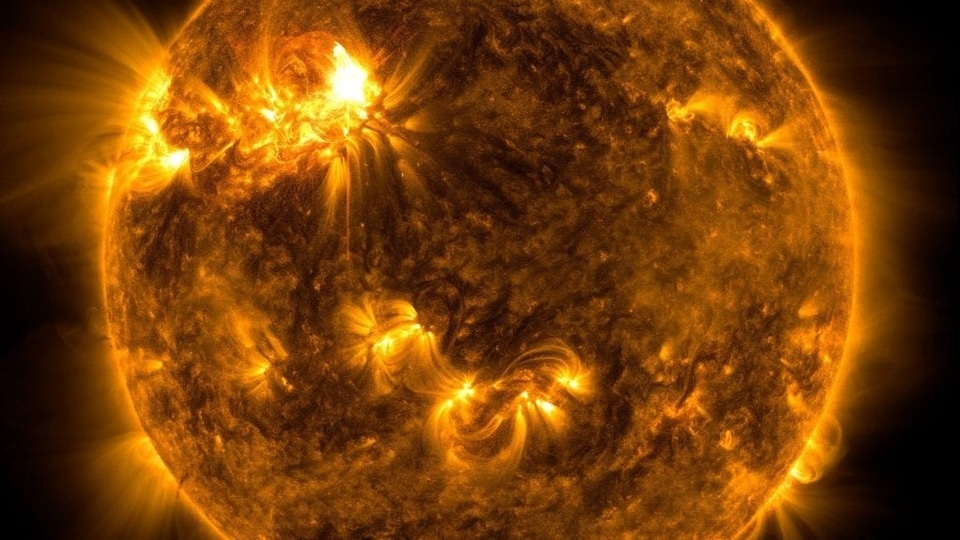
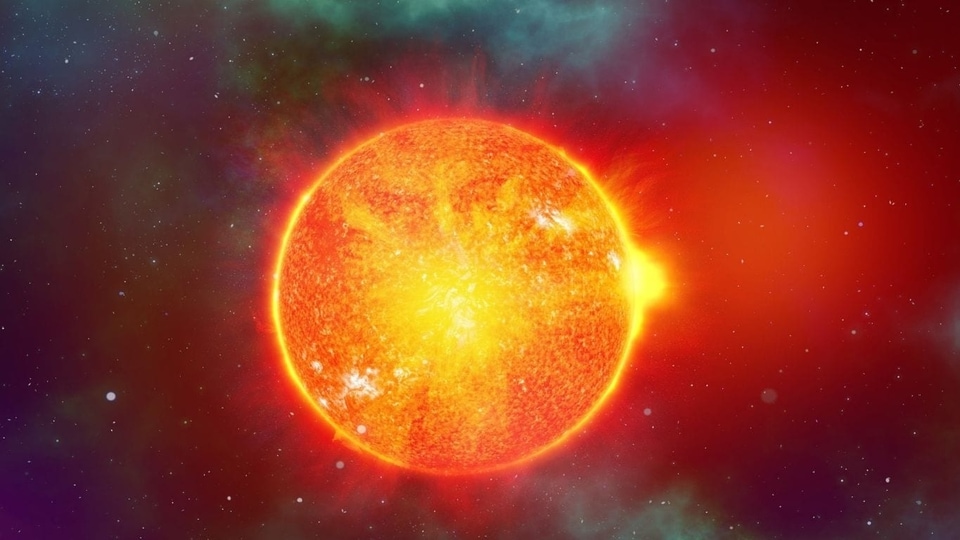
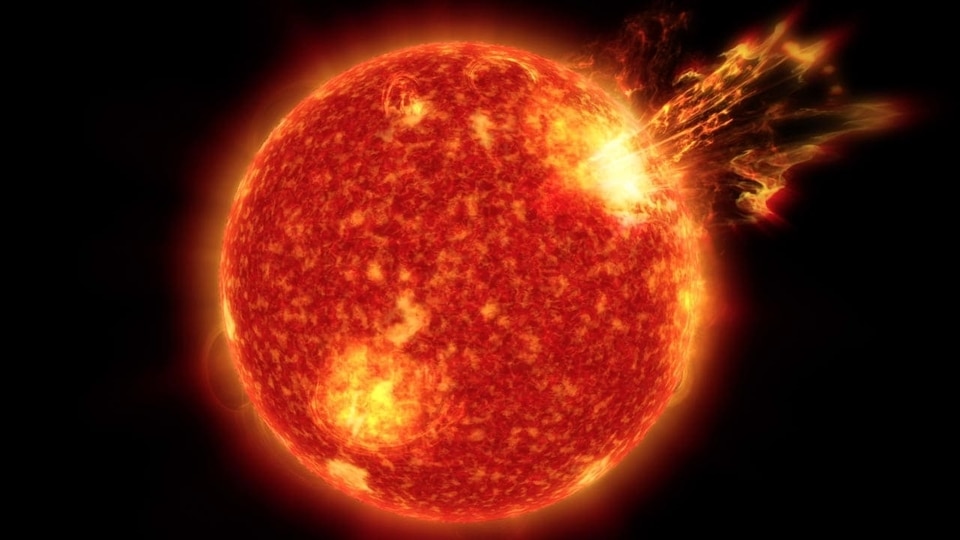
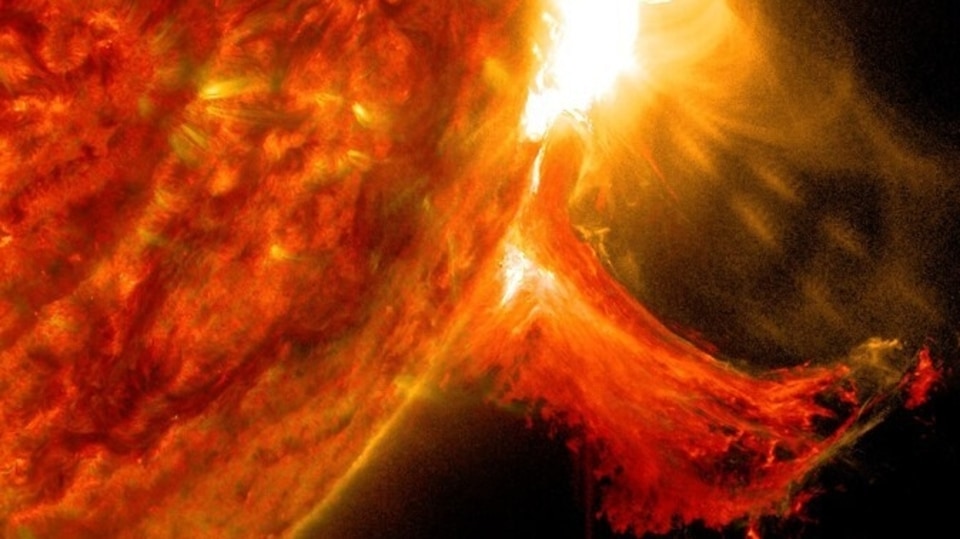

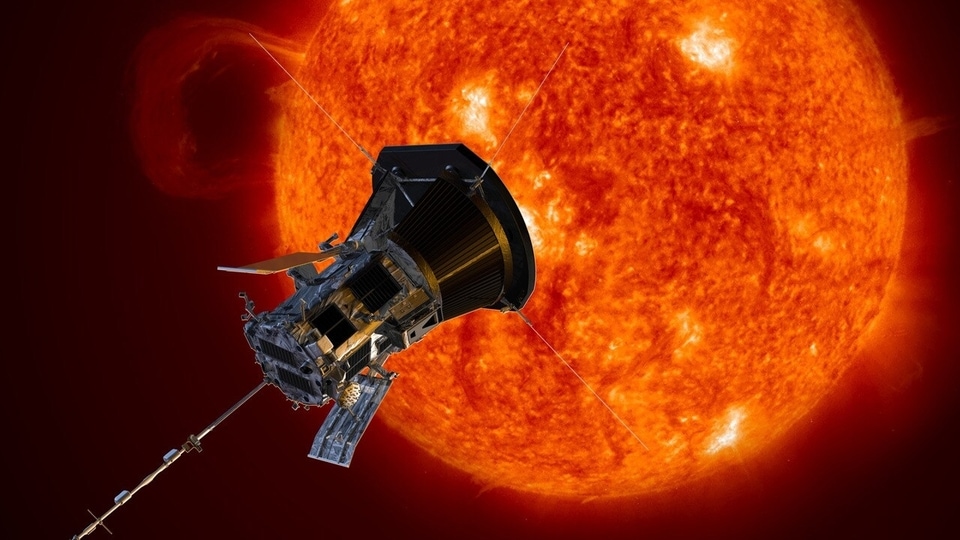
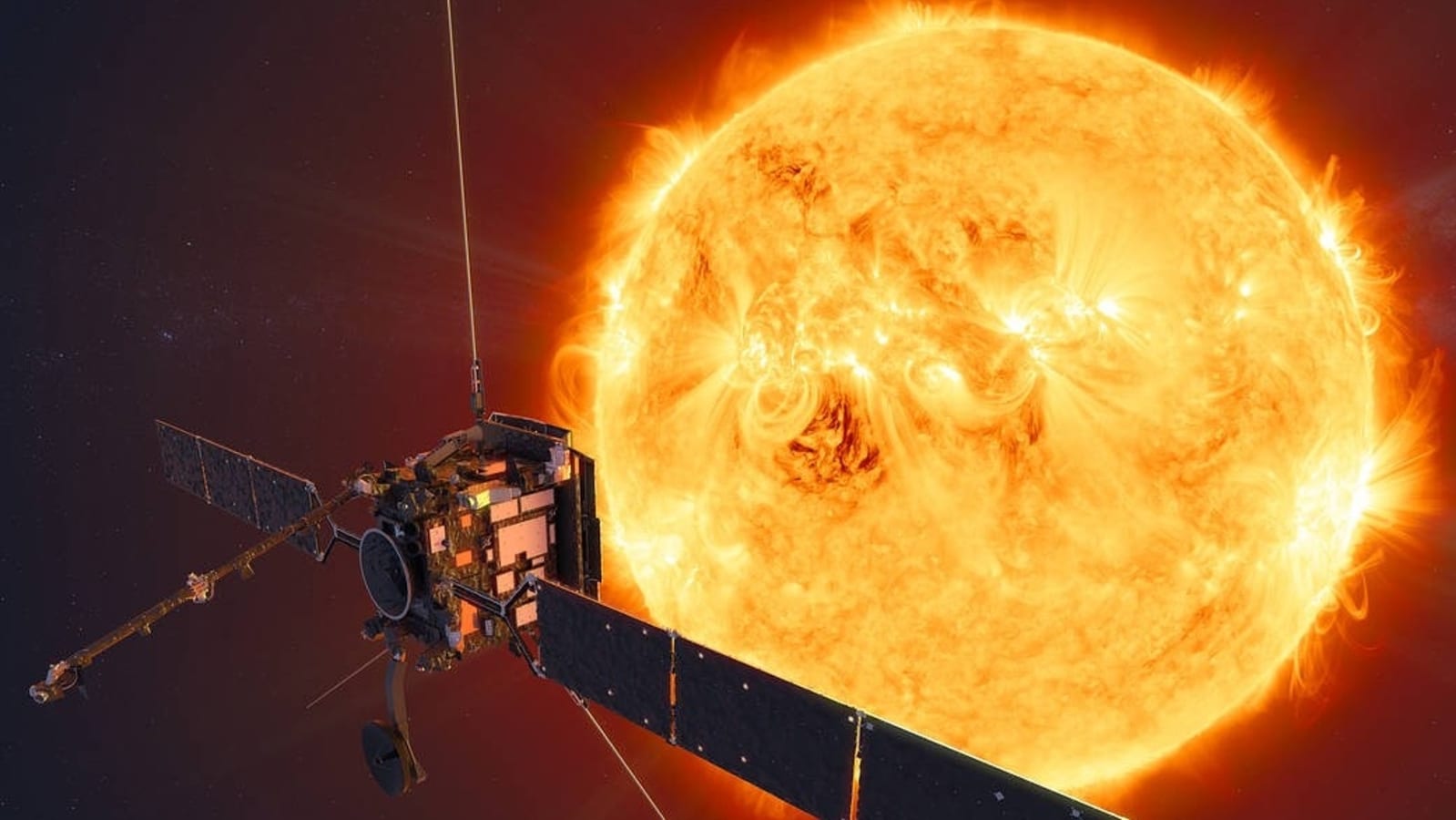
 View all Images
View all ImagesThe ESA/NASA Solar Orbiter has uncovered a series of brief material jets emerging from the sun's outer layer, each lasting 20 to 100 seconds and expelling plasma at 100 km/s. These jets hold the potential to be the elusive source of the solar wind.
The solar wind, a stream of charged particles, continuously escapes the sun and interacts with celestial bodies. Upon colliding with Earth's magnetic field, it produces auroras.
Understanding the solar wind's origin near the sun has been a longstanding challenge. However, the Solar Orbiter's advanced instruments have made significant progress. Data from the spacecraft's Extreme Ultraviolet Imager (EUI) reveals faint, transient features at the sun's south pole associated with small plasma jets.
Lakshmi Pradeep Chitta from the Max Planck Institute notes that EUI's high-resolution images were crucial for detecting these jets. Notably, the extreme ultraviolet channel of EUI's imagery captured million-degree solar plasma at a 17.4-nanometer wavelength.
Analysis confirms that these features indeed result from plasma expulsion from the solar atmosphere.
Previous knowledge linked a portion of the solar wind to magnetic structures called coronal holes, where the sun's magnetic field extends outward. Plasma travels along these "open" magnetic lines, forming the solar wind. The origin of this plasma ejection remained unclear.
Traditionally, the assumption was that due to the corona's heat, it would naturally expand, causing some plasma to escape along the magnetic field lines. However, the Solar Orbiter's focus on a coronal hole challenges this idea. The discovered individual jets suggest that the solar wind's production might be more intermittent than previously thought.
Andrei Zhukov from the Royal Observatory of Belgium emphasizes the non-uniform nature of this flow, suggesting that coronal hole-based solar wind might originate as a highly sporadic outflow.
While each jet's energy is modest, they collectively contribute substantially to the solar wind. These observations hint at potential smaller, more frequent events playing a role as well.
The Ongoing Solar Orbiter Mission
Solar Orbiter's ongoing mission, gradually tilting its orbit towards the polar regions, will offer novel perspectives on these jets. As coronal holes appear at varying latitudes throughout the solar cycle, fresh insights are expected.
These findings extend beyond our solar system. While the sun is the only star with observable detailed atmospheres, this process likely occurs in other stars, making these revelations fundamental to astrophysics.
In essence, the Solar Orbiter's discovery of these fleeting plasma jets brings us closer to unraveling the enigma of the solar wind's origin.
Catch all the Latest Tech News, Mobile News, Laptop News, Gaming news, Wearables News , How To News, also keep up with us on Whatsapp channel,Twitter, Facebook, Google News, and Instagram. For our latest videos, subscribe to our YouTube channel.




























